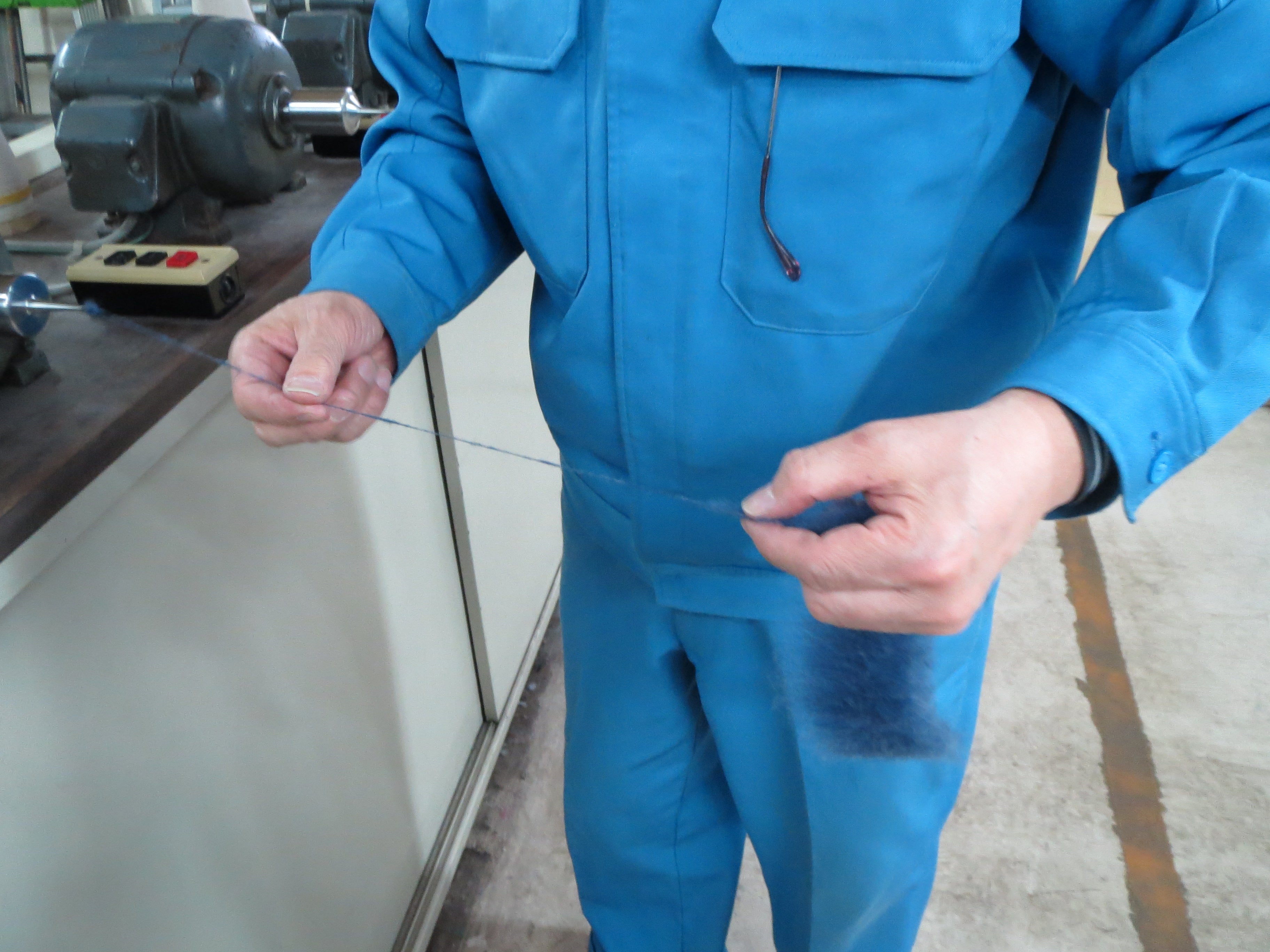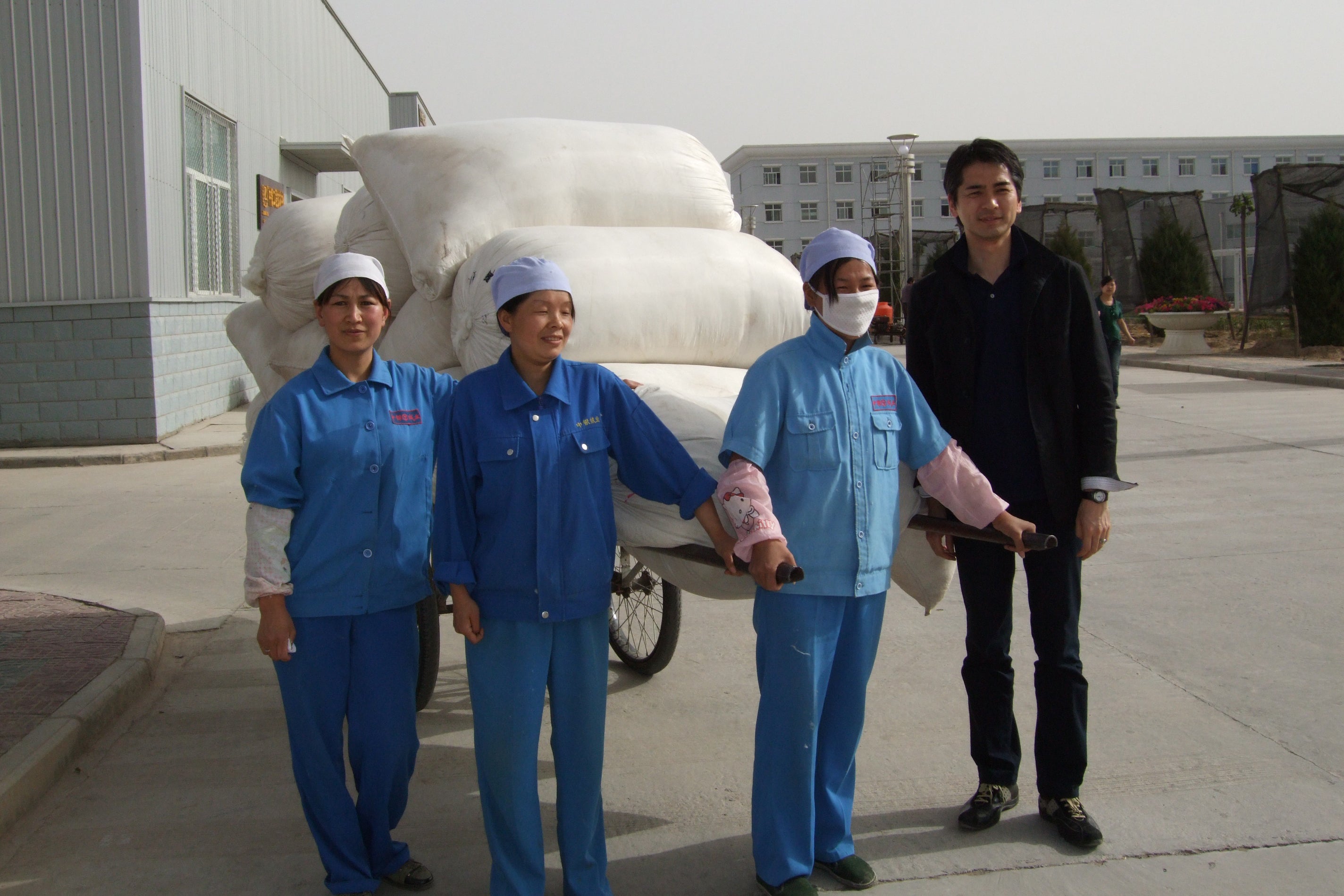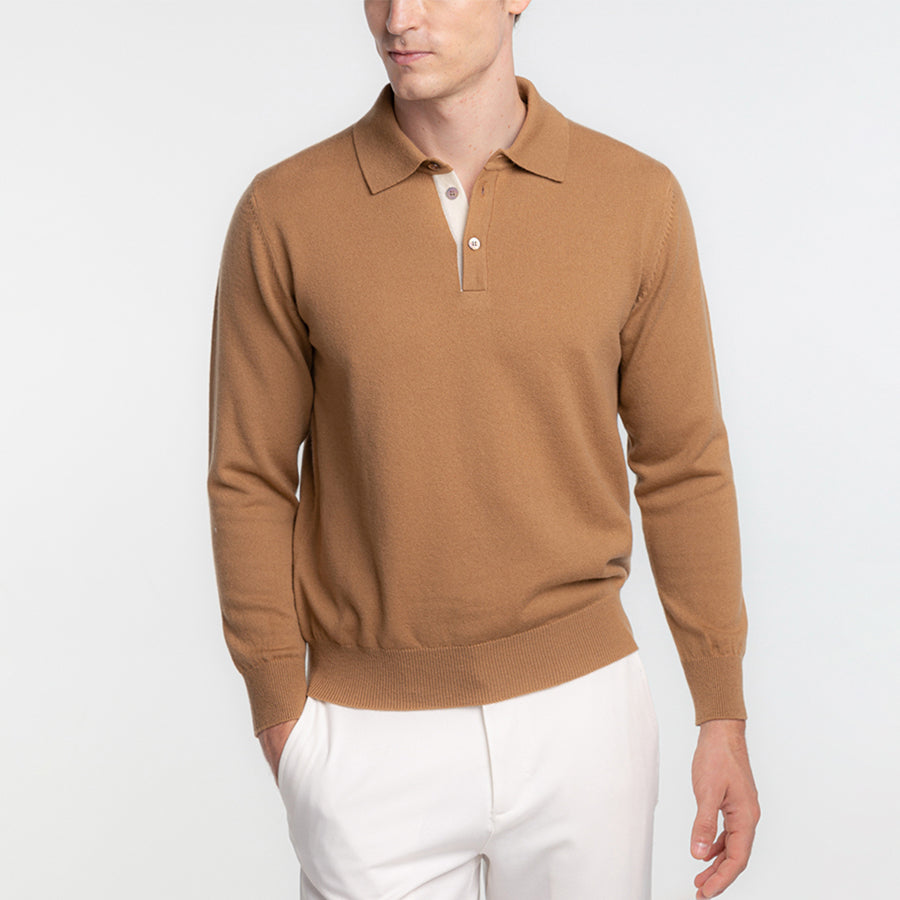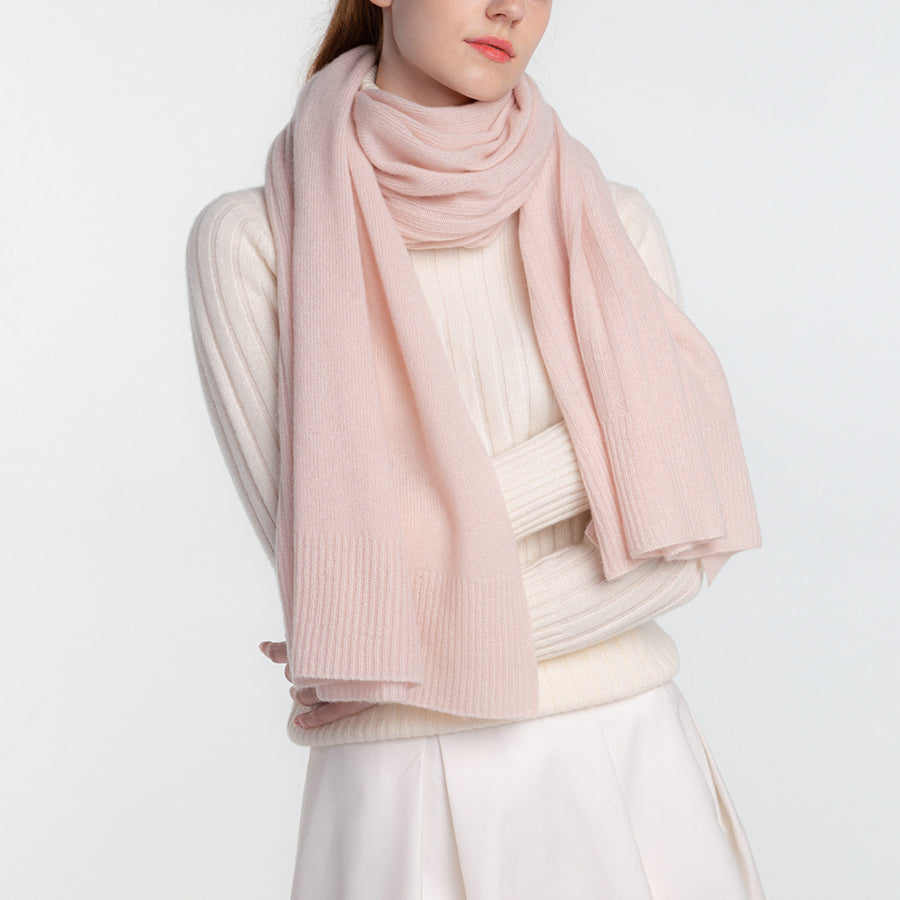针织纱线和梭织纱线。针织纱线的捻度较低。针织纱线对原材料纤维的细度和长度有较高要求。

针织和梭织纱线
针织纱线的捻度较低。
针织纱线对原材料纤维的细度和长度有要求。
这听起来像是在吹嘘针织纱线,但鲜为人知的是,当纱线由天然原材料纺成时,针织纱线就是由最好的原材料制成的。
正如我们之前提到的,纺纱的基本过程是“将原材料纤维捆扎并捻合”,
纱线捻度越高,强度就越大。
但是,对于针织纱线来说,蓬松的质地至关重要,因此不可能进行强烈的捻合。
由于无法进行强力加捻,每根原材料纤维都必须足够长,否则容易脱落。
由于我们想要制作蓬松的纱线,就不能进行强力加捻,因此只能使用长纤维。当然,又长又细的原材料价格昂贵。
羊毛(动物毛发),尤其是羊绒、绵羊毛、安哥拉羊毛、马海毛、骆驼毛和羊驼毛,被称为纺羊毛,各有其特点。
羊毛纤维长,卷曲度适中,因此在针织和梭织纱线方面用途广泛。
羊驼毛湿润柔软,卷曲度小,容易脱落,脱落的毛发容易粘在其他织物上。
安哥拉羊毛柔软,但不挺括,容易断裂,像灰尘一样散落。
莫赫亚是一种直纤维,颜色鲜艳,但由于其伸长率低,因此难以编织。
羊绒具有极佳的柔软性和轻盈性,但其纤维细而易剪,因此生产效率不高。
区别不仅在于动物种类,还在于纤维的长度和捻度等,因此需要深入的知识和经验。
织造羊绒的品质取决于其所用面料的质量。
另一方面,织造纱线需要大量的捻度才能制成结实的纱线。经线被拉伸,纬线被穿入并交织在一起,然后将织物塞入筘中,制成一块完整的布。为了达到这个目的,必须增加捻度,使纱线具有抗拉强度。
羊绒面料表面经过刮擦处理,使绒毛竖立起来,形成独特的编织纹理。绒毛的品质对面料的声誉影响巨大。
传统上,人们用蓟属植物(一种蓟科植物)的干果制成的贻贝来抓挠羊绒,使其蓬松。令人惊讶的是,蓟属贻贝竟然能产出这种波浪状的羊绒面料,因此欧洲的奢侈品面料生产工厂都开始种植自己的蓟属植物。当时虽然也有金属和其他替代品,但没有什么能比得上天然的蓟属浆果。
仿佛对自己的绒毛处理技术引以为傲,羊绒面料制造商经常使用蓟籽作为标志。据说是羊绒面料代表的意大利品牌 Loro Piana 的标志上就带有蓟花图案,例如 Cagliacci 的标志上也带有蓟花图案。
正如你所看到的,即使使用相同的原材料,由于纱线的要求不同,原材料的选择也会有所不同。







